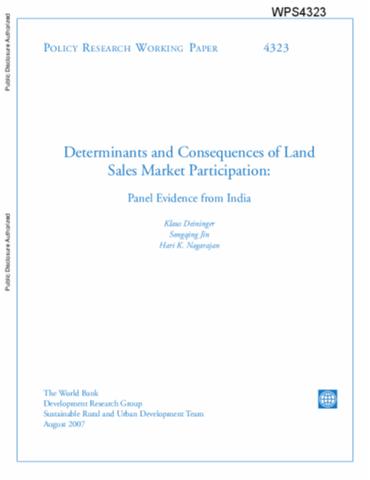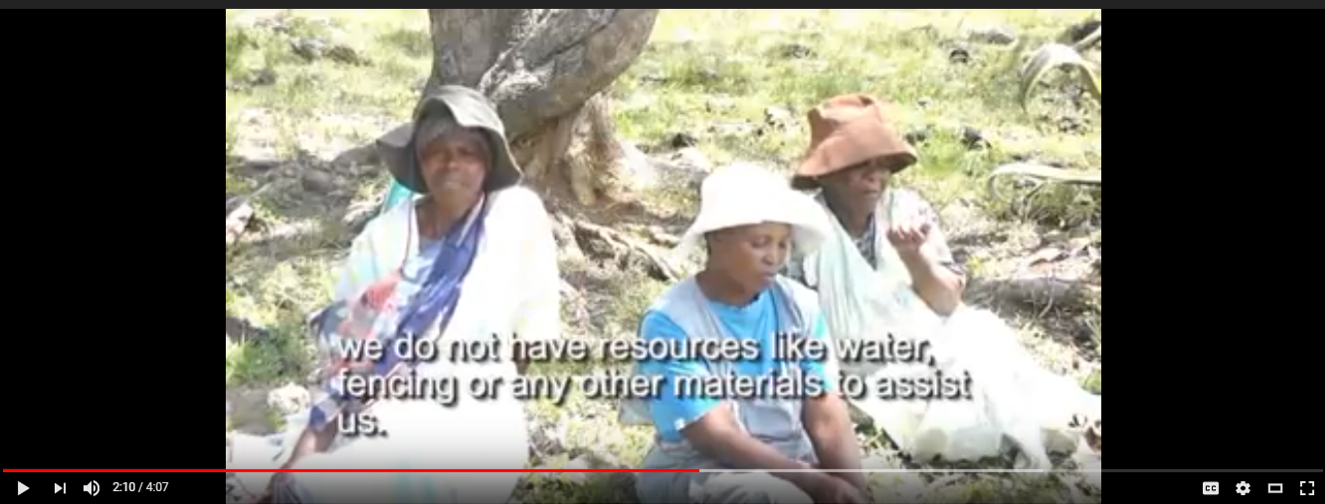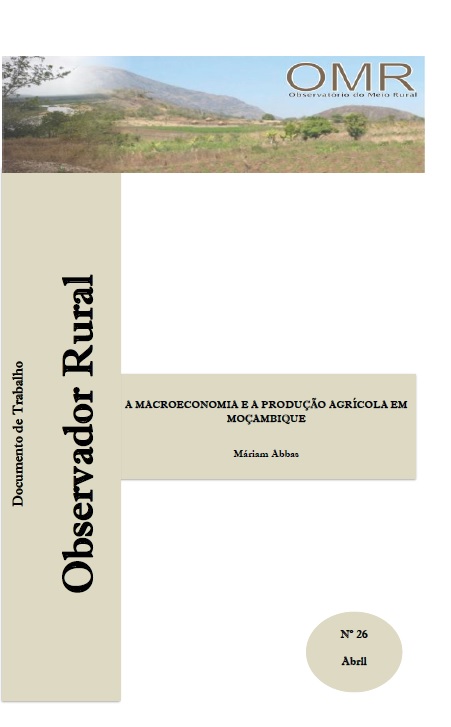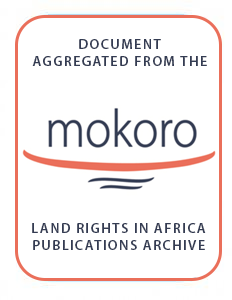Supporting smallholder agriculture
This research report contains an overview of two innovations that form part of a project called Supporting Smallholder Agriculture (SSA) conducted by the Southern Africa Food Lab (SAFL). The two innovations documented in this report simultaneously investigated market segmentation and standards - related challenges among smallholder farmers in two parts of the country.









